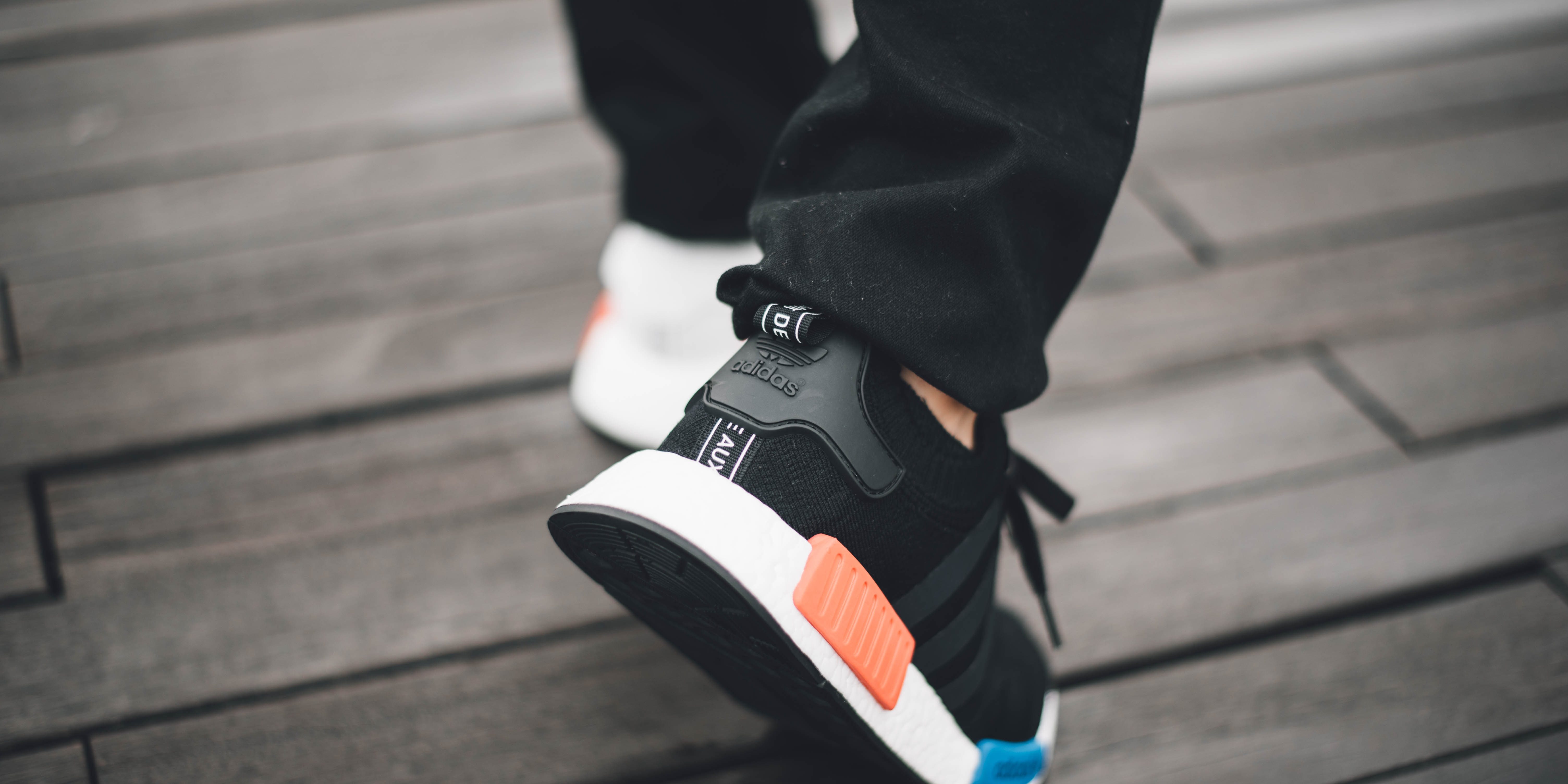These glue-free sneakers are designed to be healthier for factory workers
When Gyudeog Kim started working in the shoe industry in the 1990s, developing designs for Nike and Reebok at a production plant in South Korea, he couldn’t stop thinking about glue. “The first time I went to the production line to see my designs being manufactured, even though there was ventilation, the painful smell of toxic adhesives nearly made me faint,” he says. “It was even more shocking that workers at the production line work eight hours a day within that space.”
More than two decades later, industrial-strength glues that expose workers to chemicals like toluene, methyl ethyl ketone or benzene–which can lead to illness, or in the case of extreme exposure, even death–are still a problem. (Benzene, a carcinogen, may be less commonly used now than it was a decade ago). Several manufacturers have committed to phasing out toxins in their products, partly by using different adhesives; Nike’s contract manufacturers now use 96% less petroleum-based solvents per pair of shoes than they did in the 1990s because they have shifted to water-based adhesives. But Kim, who now also runs a shoe consulting business, took these initiatives a step further: he designed a shoe that doesn’t use any glue at all. A strap, made from a recyclable, rubbery material, snaps into the tread of the outsole through a puzzle-like design, and holds the shoe in place with laces. Consumers assemble the final pieces of the shoe, called Ki Ecobe, themselves, rather than workers in a sweatshop.
“Going modular with the design and creating a self-assembled shoe has many advantages,” says Kim, who was inspired by origami and traditional Korean footwear. “First off, and most importantly, it takes no more than five minutes to assemble your own shoe, unlike normal shoes and sneakers that require cheap third world labor, harsh adhesives, and an average of 30 minutes per shoe to be assembled in a factory. So it’s actually much faster and more efficient to assemble your own shoes, and can eventually reduce the cost, similar to flat-pack furniture.”
Factory workers still sew together the slipper-like inner part of the shoe (which can be worn alone at home) and are necessary for some other processes in production. But the work is less damaging to their health.
Because the strap can easily be removed, if part of the shoe wears out, it’s possible to replace that part rather than the whole shoe, reducing waste. The shoe can be also be recycled more easily than a typical shoe for the same reason. “The reason most shoes are hard to recycle is that they are made of many different materials all glued together,” he says. “Taking them apart to properly dispose of each material is very difficult, so most just end up in landfills.” Ki plans to give customers a discount for returning worn-out shoes for recycling, and then reuse the materials, as much as possible, in the next production run.
The startup is currently crowdfunding on Kickstarter, and is already working on another glue-free design. “We aim to build the Ki brand around this glue-free, sustainable philosophy,” Kim says.
Source: Fast Company
Photograph: © Unsplash





